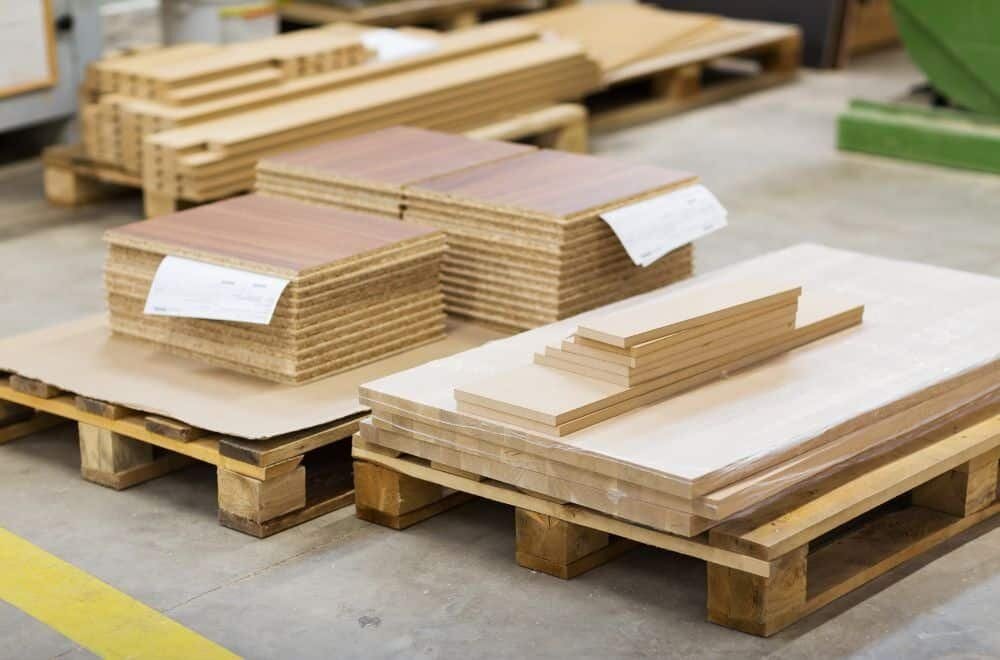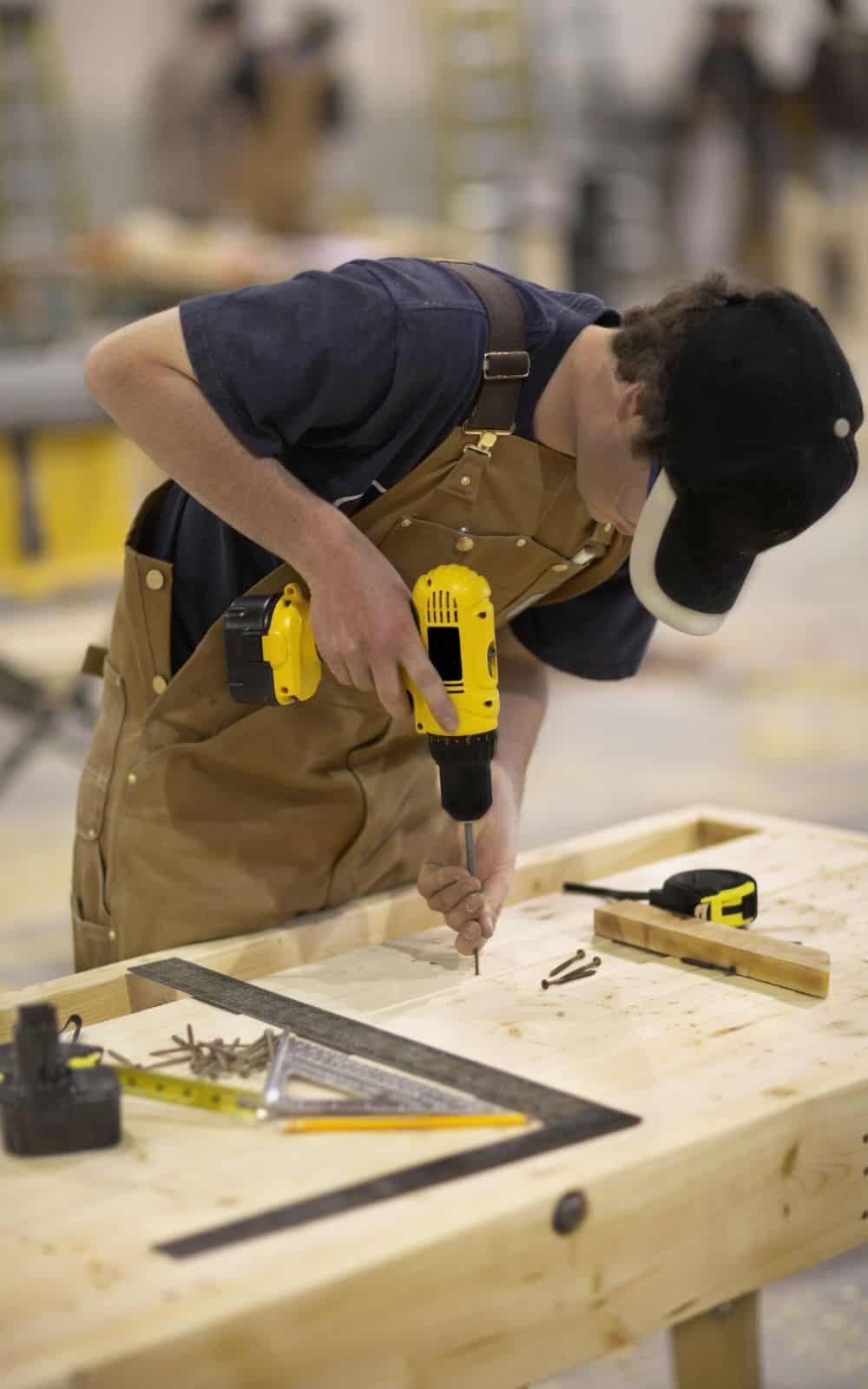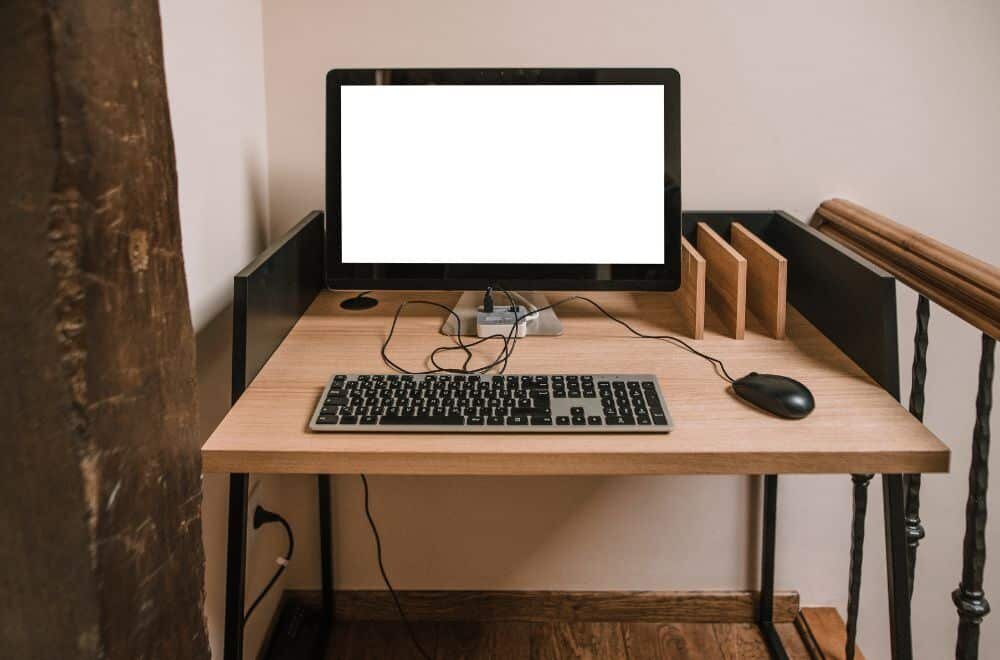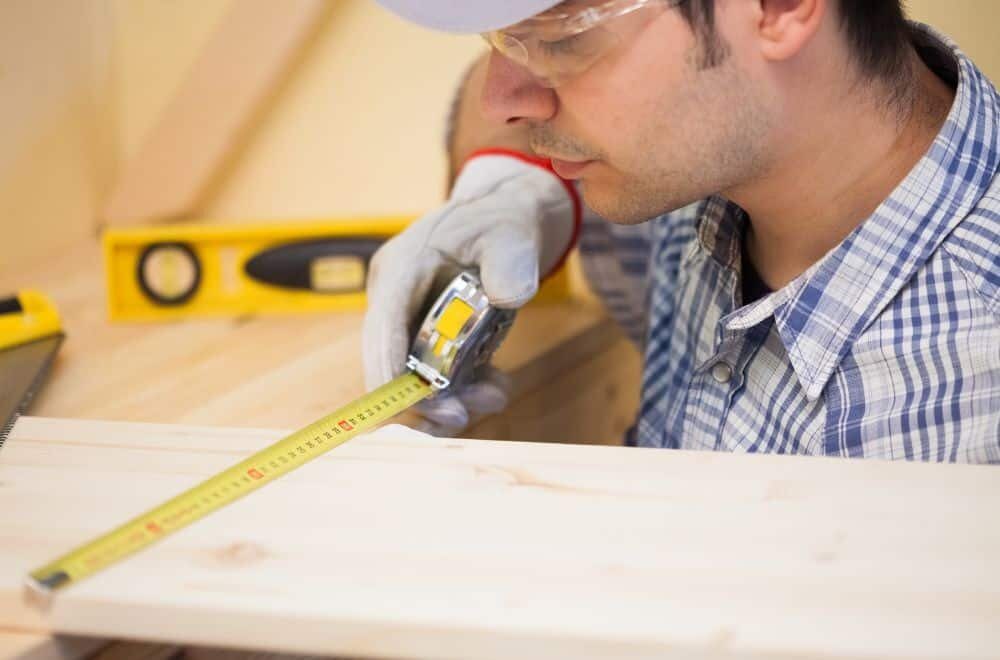If you’re looking for a simple and versatile storage solution, wooden crates are a great option. Not only are they functional, but they can also add a rustic and charming touch to your home decor. In this article, we’ll show you how to make your own wooden crate with just a few basic tools and materials.
Before we get started, it’s important to note that safety should always be your top priority when working with power tools. Be sure to wear appropriate safety gear and follow all manufacturer’s instructions. With that in mind, let’s begin by selecting the wood for your crate. You can use new or reclaimed wood, but keep in mind that reclaimed wood may require extra preparation before use. Once you have your wood, you’ll need to measure and cut it to size using a saw. From there, you can assemble your crate using nails or screws and finish it with paint or stain if desired.
Understanding Wood Types
When it comes to making wooden crates, choosing the right type of wood is important. Here, we’ll discuss the two main types of wood: hardwood and softwood.
Hardwood
Hardwood comes from deciduous trees, which means that they shed their leaves annually. Hardwood is generally denser and more durable than softwood, making it a good choice for crates that will be used for heavy items or that need to withstand wear and tear. Some common types of hardwood used for crates include oak, maple, and walnut.
Softwood
Softwood comes from evergreen trees, which means that they keep their leaves year-round. Softwood is generally less dense and less durable than hardwood, but it is often more affordable and easier to work with. Some common types of softwood used for crates include pine, cedar, and spruce.
When choosing the type of wood for your crate, consider the weight and fragility of the items you will be storing or shipping. If you’re unsure which type of wood to use, consult with a professional or do some research to ensure you make the best choice for your specific needs.
Remember to also consider the environmental impact of your wood choice. Some types of wood are more sustainable than others, so do your research to ensure you’re making an eco-friendly choice.
Tools Required
To make a wooden crate, you will need a few essential tools. Here are the tools you will need:
Saw
The saw is the most important tool you will need to make a wooden crate. You can use a circular saw, a hand saw, or a miter saw. A circular saw is the most versatile and efficient option. It can make straight cuts and angled cuts, making it ideal for cutting the slats and end pieces of the crate. A hand saw is a good option if you don’t have access to a power saw, but it will take longer to make the cuts. A miter saw is great for making precise cuts, but it’s not necessary for making a simple wooden crate.
Hammer
A hammer is another essential tool that you will need to make a wooden crate. You will use it to drive nails into the wood. A claw hammer is the most common type of hammer and is suitable for most woodworking projects. If you plan on making a lot of wooden crates, you might want to invest in a framing hammer, which is larger and heavier and can drive nails more efficiently.
Nails
You will need nails to hold the wooden crate together. The size of the nails you use will depend on the thickness of the wood you are using. For a standard wooden crate made from 1×3 boards, you can use 1-inch brad nails or 2-inch brad nails. Brad nails are thin and small, making them ideal for woodworking projects. You can also use screws instead of nails, but nails are easier to work with and will give your crate a more traditional look.
That’s it! With these tools, you’ll be able to make a classic wooden crate in no time.
Choosing the Right Size
When it comes to making a wooden crate, choosing the right size is crucial. You want to make sure that the crate is big enough to hold whatever you plan on putting inside, but not so big that it becomes cumbersome to handle.
One way to determine the right size is to measure the items you plan on putting in the crate. Make sure to measure the length, width, and height of each item, and then add a few extra inches to each measurement to give yourself some wiggle room.
Another way to determine the right size is to consider the purpose of the crate. If you plan on using it for storage, you may want to make it larger so that it can hold more items. If you plan on using it for shipping, you may want to make it smaller so that it can fit in the back of a truck or on a pallet.
It’s also important to consider the size of the materials you plan on using to build the crate. If you have limited amounts of wood, you may need to adjust the size of the crate accordingly.
Here are some tips to keep in mind when choosing the right size for your wooden crate:
- Make sure to measure the items you plan on putting in the crate and add a few extra inches to each measurement.
- Consider the purpose of the crate and adjust the size accordingly.
- Take into account the size of the materials you plan on using to build the crate.
Cutting the Wood
When it comes to making a wooden crate, cutting the wood is an important step. It is essential to ensure that the wood is cut to the right length and width, so the crate is the right size and shape.
To begin, gather all the necessary tools and materials, including a saw, measuring tape, and the wood you need for the crate. Measure and mark the wood according to the dimensions you want for your crate.
When cutting the wood, make sure to use a saw that is appropriate for the type of wood you are using. A handsaw or circular saw is ideal for cutting softwood, while a jigsaw is better for cutting hardwood.
Take your time when cutting the wood and make sure to follow your measurements precisely. It’s better to cut the wood a little longer than needed so that you can trim it down to the exact size later.
If you are making multiple crates, it’s a good idea to cut all the wood at once to ensure consistency in size and shape. You can use a table saw or miter saw to make the process faster and more efficient.
Remember to wear protective gear, such as safety glasses and gloves, when cutting the wood to avoid any accidents or injuries. With careful planning and precision cutting, you can create a wooden crate that is the perfect size for your needs.
Assembling the Crate
Once you have all the materials cut to size, it’s time to assemble your wooden crate. This section will cover the two main steps of building the frame and attaching the panels.
Building the Frame
To start building the frame, lay out two of the longer slats parallel to each other on a flat surface. Then, place the shorter slats between them, perpendicular to the longer slats. Make sure the ends of the shorter slats are flush with the longer slats.
Next, use wood glue to attach the shorter slats to the longer slats. Apply a generous amount of glue to the ends of the shorter slats and press them firmly against the longer slats. Use clamps to hold the pieces together while the glue dries.
Once the glue is dry, reinforce the joints by drilling pilot holes and driving wood screws through the longer slats and into the ends of the shorter slats. Repeat this process for the other end of the crate.
Attaching the Panels
With the frame complete, it’s time to attach the panels. Start by placing one of the panels on one side of the frame. Make sure the edges of the panel are flush with the edges of the frame.
Use a nail gun or hammer and nails to attach the panel to the frame. Drive nails through the panel and into the frame every few inches. Repeat this process for the other three panels.
Once all the panels are attached, reinforce the joints by driving wood screws through the panels and into the frame. Make sure to countersink the screws so they don’t stick out and snag on anything.
And that’s it! Your wooden crate is now complete and ready to be used.
Sanding and Finishing
Sanding Process
Before applying any finish to your wooden crate, it’s essential to sand it properly to ensure a smooth surface. Here are the steps you need to follow to sand your crate:
- Start by sanding the rough spots and edges with a coarse-grit sandpaper (around 80 grit). Use a sanding block to keep the surface even and avoid creating dips or uneven spots.
- Once the rough spots are gone, switch to a medium-grit sandpaper (around 120 grit) to smooth out the surface. Sand in the direction of the wood grain to avoid creating scratches or marks on the surface.
- Finally, use a fine-grit sandpaper (around 220 grit) to give your crate a smooth finish. Sand lightly and evenly to avoid creating any scratches or marks.
After sanding, use a tack cloth to remove any dust or debris left on the surface.
Applying Finish
Now that your crate is sanded and clean, it’s time to apply the finish. Here are some popular options you can choose from:
- Stain: Staining your crate can add color and depth to the wood, highlighting the natural grain. Apply the stain with a brush or cloth, following the manufacturer’s instructions. Let it dry completely before applying any sealer or topcoat.
- Paint: Painting your crate can give it a uniform color and protect it from moisture and scratches. Use a primer first, then apply the paint with a brush or roller. Let it dry completely before using the crate.
- Varnish: Varnishing your crate can give it a shiny and protective finish. Apply the varnish with a brush or cloth, following the manufacturer’s instructions. Let it dry completely before using the crate.
No matter what finish you choose, make sure to apply it evenly and let it dry completely before using the crate. You can also add some decorative touches like stencils or decals to personalize your crate.
Safety Precautions
When building a wooden crate, safety should be your top priority. Here are some important safety precautions to take:
Proper Handling
When handling wood, it’s important to be careful and use common sense. Here are some tips to keep in mind:
- Wear gloves to protect your hands from splinters and cuts.
- Lift with your legs, not your back, to avoid injury.
- Use caution when using power tools and follow all manufacturer’s instructions.
- Keep your work area clean and free of clutter to avoid tripping hazards.
Eye Protection
Woodworking can create a lot of dust and debris, which can be harmful to your eyes. Here are some tips to protect your eyes:
- Wear safety glasses or goggles to protect your eyes from flying debris.
- Use a dust mask or respirator to protect your lungs from dust and other particles.
- Avoid wearing loose clothing or jewelry that could get caught in machinery.
By following these safety precautions, you can ensure that your woodworking project is not only successful, but also safe.




